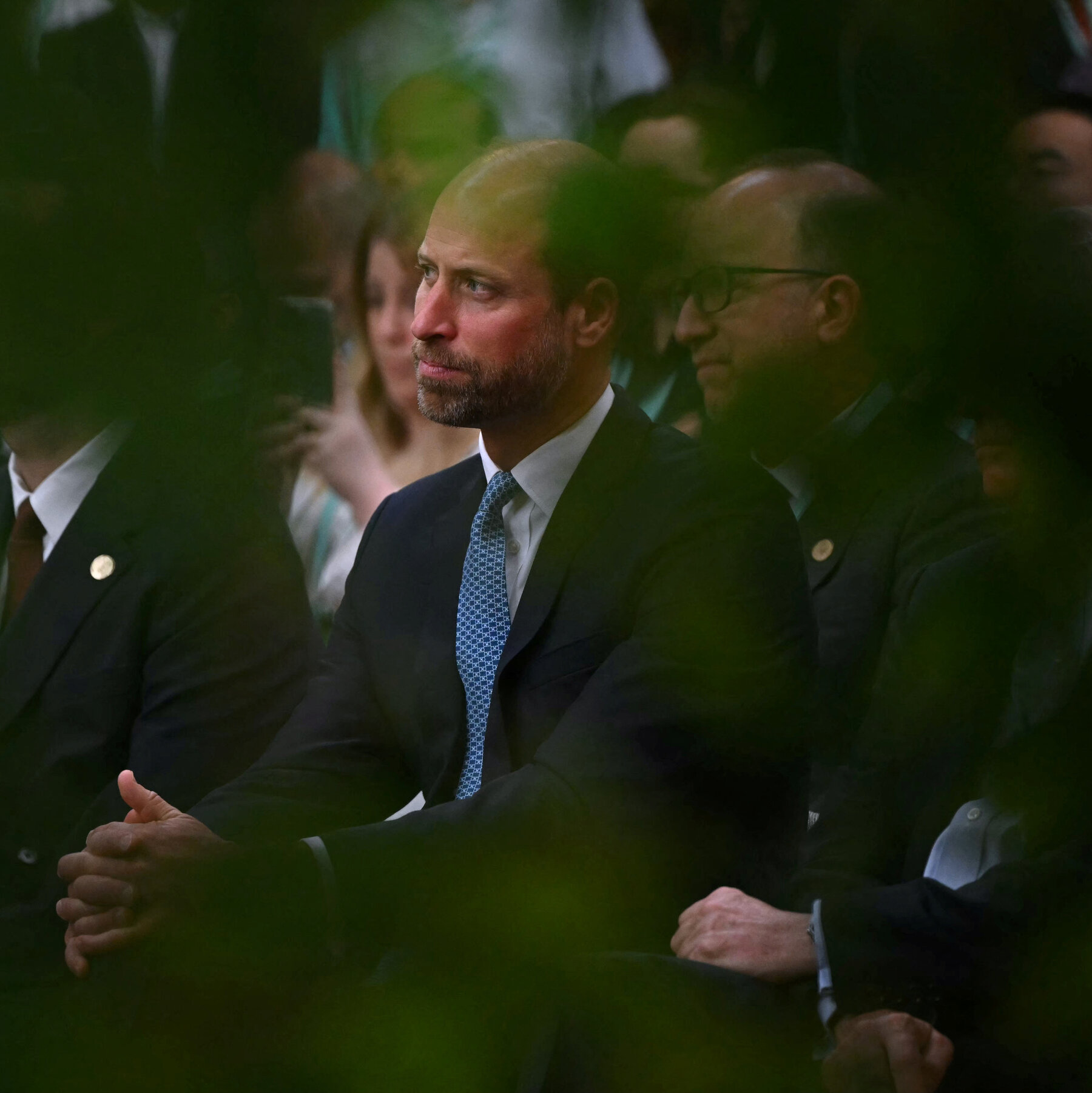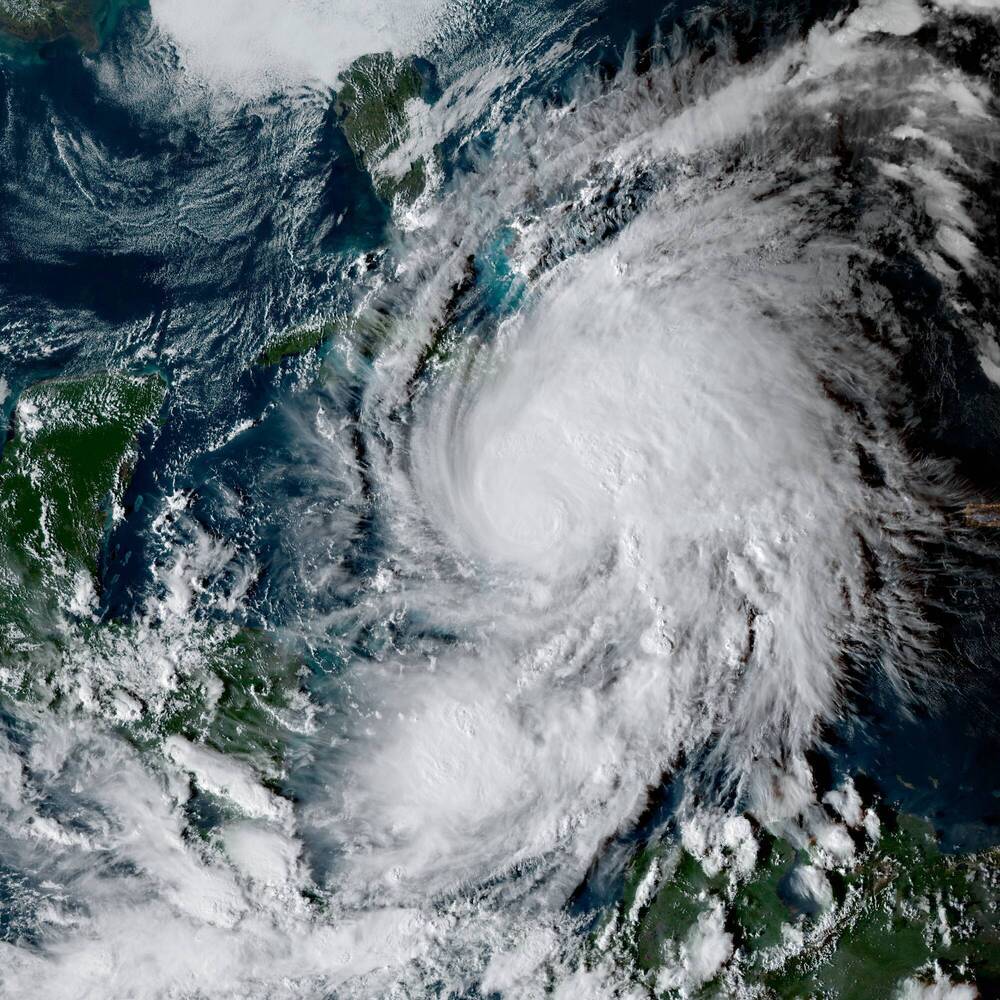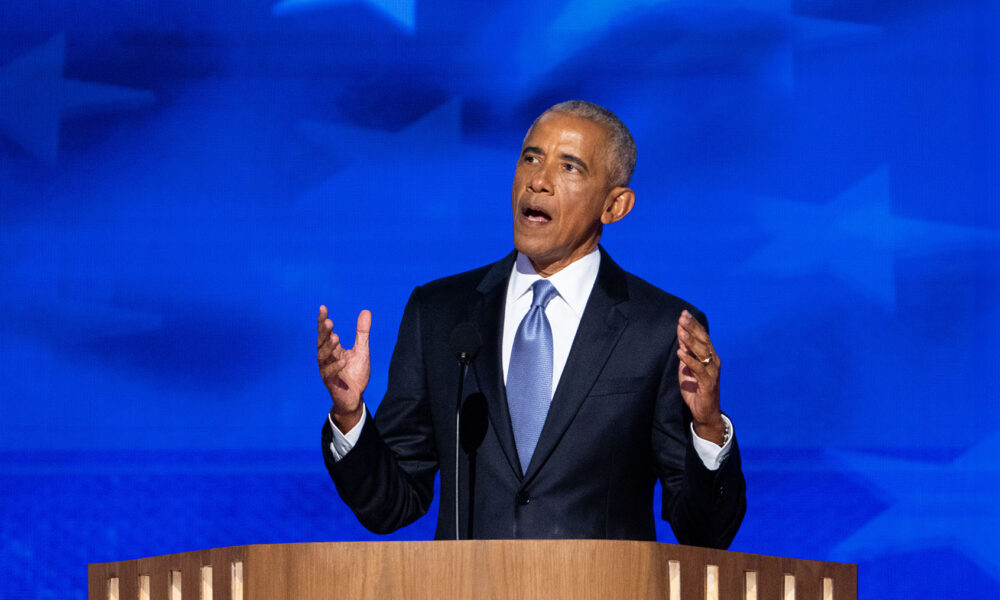The U.S. Army has officially requested industry input for high-energy laser (HEL) systems designed to counter small- to medium-sized drones. This initiative aims to enhance the Army’s counter-unmanned aerial system capabilities, specifically through its Enduring-High Energy Laser (E-HEL) program. The solicitation, issued by the Rapid Capabilities and Critical Technologies Office (RCCTO) late last week, seeks innovative solutions to protect both “semi fixed” and maneuver forces from Group 1 and 2 drones, as well as Group 3 “one-way attack” drones.
The Army plans to acquire up to 20 E-HEL systems using a modular open systems approach. An award for this project is expected to be initiated in the second quarter of fiscal year 2026 or later. The request also outlines key requirements for interested vendors, emphasizing the need for proven expertise in producing sophisticated laser weapon components, effective supply chain management, and strong quality control measures.
In addition to the technical specifications, vendors must possess a secret facility clearance and demonstrate experience in HEL weapon systems and testing. The E-HEL systems must also be capable of mounting on Joint Light Tactical Vehicles (JLTV) and be deployable as a “palletized” unit. Furthermore, these systems should meet ground transportability requirements and be certified for C-17 airlift.
Demonstration Requirements and Testing Timeline
Vendors responding to the request for information (RFI) must provide recent government-witnessed test data or participate in demonstrations at the Dugway Proving Ground in Utah. These demonstrations are scheduled for December 8-19, 2023, and January 5-30, 2024. The Directed Energy Project Office (DEPO) will oversee these tests to evaluate critical performance attributes, including fluence, tracker performance, and engagement track range. The aim is to determine whether systems that do not achieve a hard kill on Group 3 unmanned aerial systems (UAS) can still be effective against Group 3 one-way attack drones.
Although the RFI does not guarantee any solicitations, it indicates that the Pentagon is advancing its plans to deploy more directed energy weapons. These technologies have long been viewed as potentially more cost-effective alternatives for neutralizing aerial threats. Nevertheless, the Defense Department has faced challenges in advancing directed energy technology beyond the initial stages of development and demonstration.
The initiative reflects the Army’s commitment to enhancing its defensive capabilities against evolving aerial threats, paving the way for innovative solutions in modern warfare. With the deadline for responses set for November 21, 2023, industry players are poised to contribute their expertise to this critical defense program.







